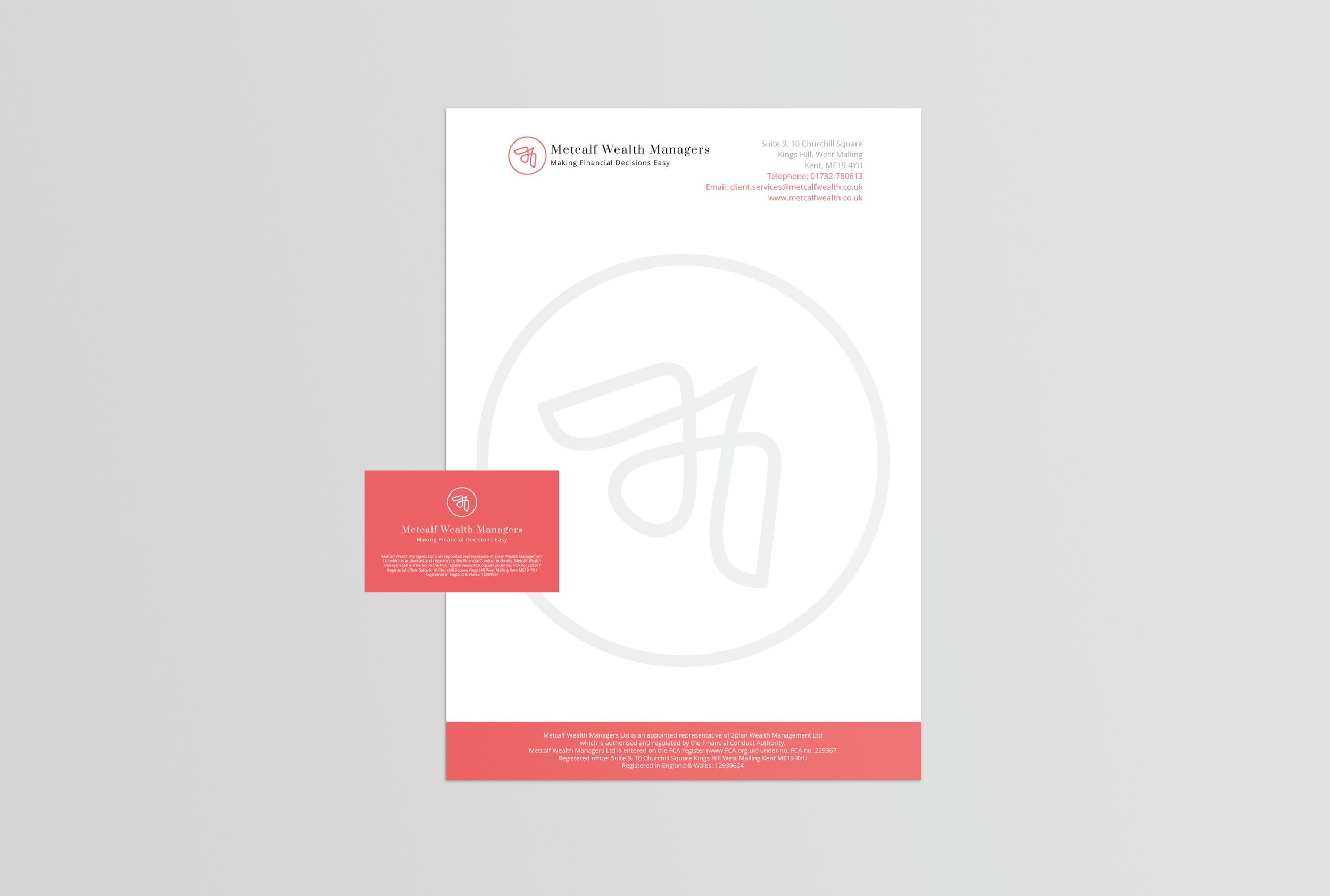How to Choose the Right Paper for Your Print Projects: A Beginner’s Guide
Choosing the right paper for your print projects can make a big difference. Whether you are printing flyers, business cards, or posters, the type of paper you use affects the final look and feel. With so many options available, it can be confusing to know where to start. This guide will help you understand the basics and make the right choice.
One important factor is the type of paper. Different projects need different kinds of paper. For example, a glossy photo paper might be perfect for invitations but less suitable for a business report. Knowing the various types can help you pick the best one for your needs.
Another key aspect is the weight and thickness of the paper. Heavier paper often feels more premium and durable. However, it might be more expensive. Understanding the balance between quality and cost can help you make an informed decision. This guide covers all these aspects to help you choose the right paper for your next print project.
Understanding Different Types of Paper
Choosing the right type of paper is essential for your print project. Here are some common types of paper and their uses:
1. Bond Paper
Bond paper is highly durable and typically used for letterheads and stationery. It has a smooth surface and comes in various weights. Bond paper is ideal for documents that need to look professional, like business letters and reports.
2. Glossy Paper
Glossy paper has a shiny finish that makes colours look vibrant and sharp. This type of paper is perfect for photos, brochures, and marketing materials. The glossy finish adds a touch of elegance and professionalism to the print.
3. Matte Paper
Matte paper offers a non-reflective finish that is easy to read. It’s great for documents with a lot of text, like presentations and reports. The lack of glare makes it easier on the eyes, especially in bright lighting.
4. Recycled Paper
Made from recycled materials, this paper is eco-friendly and sustainable. It’s suitable for everyday printing needs like memos and drafts. Recycled paper is a great choice if you want to reduce your environmental impact.
5. Cardstock
Cardstock is thicker and more durable than regular paper. It’s often used for business cards, postcards, and invitations. The heavier weight gives it a premium feel, making it ideal for items that need to be sturdy.
Knowing the different types of paper and their uses can help you make an informed choice for your print projects.
The Importance of Paper Weight and Thickness
Paper weight and thickness play a crucial role in the quality of your print project. Understanding these factors can help you choose the right paper for your needs.
1. Paper Weight
Paper weight refers to the thickness and density of the paper. It is usually measured in grams per square metre (gsm). Higher gsm means thicker and heavier paper. For example:
70-90 gsm: Suitable for everyday printing like emails and drafts.
100-120 gsm: Ideal for formal documents like letters and reports.
130-170 gsm: Good for posters and quality flyers.
200 gsm and above: Perfect for business cards, postcards, and covers.
Choosing the right paper weight ensures your print project looks and feels just right.
2. Paper Thickness
Thickness, also known as caliper, is the actual measure of the paper’s depth. While weight measures density, thickness measures how thick a sheet feels. Thicker paper is more durable and gives a premium feel. However, it might be more expensive and less flexible.
Balancing weight and thickness is crucial. A thicker paper might feel high-quality but can be tough to fold. A lighter paper might be cheaper and more versatile but can feel flimsy.
3. Matching Weight to Purpose
Consider the purpose of your print project. For example:
Lightweight paper is best for mass mailings where cost-effectiveness is key.
Heavyweight paper suits marketing materials that need to impress and last.
Understanding the importance of paper weight and thickness will help you make the best choice for your project. Balancing these factors ensures that your print materials meet your specific needs and look professional.
Tips for Selecting the Right Paper for Your Project
Choosing the right paper involves several considerations. Here are some tips to help you make the best choice:
1. Determine the Purpose
Understanding the purpose of your print project is crucial. Different projects have different requirements. For example, business cards need sturdy, high-quality paper, while flyers can use something lighter and more cost-effective.
2. Consider Your Budget
Budget plays a significant role in paper selection. Higher quality paper tends to be more expensive. Set a budget beforehand and choose the best paper that fits within it. Remember, sometimes investing a bit more can result in a much better final product.
3. Match Paper to Design
Your design can help dictate the type of paper you should use. For vibrant, colourful designs, glossy or satin paper might be best. For a more professional or classic look, consider matte or uncoated paper. Ensure that the paper complements your design to achieve the desired impact.
4. Request Samples
Ask for paper samples before making a decision. Seeing and feeling the paper can help you make a better choice. Test how the samples look with your printed design to ensure they meet your expectations.
5. Think About Durability
Consider how long your print project needs to last. For things like posters or brochures that might be handled often, choose a more durable paper. For one-time events like invitations, you can opt for something more economical.
6. Environmental Impact
Consider using recycled paper if sustainability is important to you. Many options are available that offer good quality without harming the environment. Check for certifications like FSC (Forest Stewardship Council) to ensure the paper is responsibly sourced.
By following these tips, you can select the right paper to make your print project successful and impactful.
Final Thoughts
Selecting the right paper for your print projects is a meaningful step in ensuring high-quality outcomes. By understanding the different types of paper, their weights, finishes, and the purpose of your project, you can make an educated choice. When you choose the right paper, your printed materials will look professional and convey your message effectively.
If you need expert advice on choosing the perfect paper for your print projects, Absolute Creative Print is here to help. We provide bespoke designing and printing services in Kent and the South East. Contact Absolute Creative Print today for all your printing needs, and let us help you create stunning print materials that stand out.

